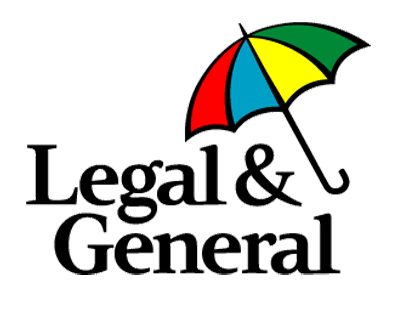As a once in a lifetime event, the response to the pandemic has taken precedence over other global issues, including our environmental impact and climate change. As physical events moved to the virtual world and strikes and protests waned, activists and environmentalists may have felt like the world has stood still on this pressing issue.
With the housing sector accounting for almost half (40%) of all of the UK’s carbon emissions, attention must turn back to addressing climate change, before we stoke up another global emergency.
While the carbon footprint of built housing has reduced in the past thirty years, increased building work - as we look to address the imbalance of supply and demand and Build Back Better - must comply with a better green standard. It’s integral that meeting this demand should not be to the detriment of our environment, and this is the pinnacle that our industry should uphold, to secure a greener future.
Whist the Government has now scrapped its Green Homes Grant, which provided homeowners with loans for the installation of energy-efficient improvements, those of us within the construction and property industry need to continue to lead the charge.

As one of Legal & General’s later living operators and developers, Inspired Villages has just broken ground on the UK’s first operationally net-zero carbon regulated energy retirement village; an effort which will be replicated repeatedly in the coming years across our communities and a process which should be taken as standard for the industry.
For some time now, investors have also been taking climate change into consideration in their strategies by adding it to their due diligence process and incorporating physical adaptation and mitigation measures for assets at risk. This shows there is an opportunity not only for the property industry to be at the vanguard of this change, but also to attract further investment by placing ESG at the forefront of decision making.
Looking at the landscape of housing, the UK’s average water consumption is significantly higher than most other European countries and at present, around 4.5 million homes in the UK overheat, with heating alone resulting in 10% of the UK’s carbon footprint. The move away from fossil fuels, with heat pump, biomass and solar power suitable sustainable alternatives have been building momentum for a number of years now, creating somewhat of a growing green marketplace.
While construction and development companies have the knowledge to combat the issues which the current housing landscape faces, the lack of policies within the UK has stalled this until now. Looking at both new homes and retrofitting and improving current homes, both should be making use of low-carbon sources of heating such as heat pumps and heat networks.
Upgrades to existing homes should focus on the likes of ventilation to reduce indoor moisture and improve air quality and increase wall and loft insulations. In addition, new home builders should have ambitious plans for water efficiency, property-level flood protection, green spaces like sustainable drainage systems and no new homes should be connected to the gas grid.
In preparation for Inspired Village’s first operationally net-zero carbon (regulated energy) retirement village, Millfield Green, we’ve been able to work with dozens of partners and providers to ensure that our development meets the need for age-appropriate living while being part of the solution to a greener future, taking the above elements into consideration.
The new net-zero retirement community will use renewable energy generation through on-site photovoltaics, EV charging, improved building fabric and insulation, Mechanical Heat Vent Recovery units and ground-source heat pumps provided by another Legal & General backed business, Kensa Heat Pumps.
Millfield Green, located in Caddington, central Bedfordshire, represents Legal & General and Inspired Villages’ first steps towards enabling all homes to be operationally net carbon neutral within a decade, reducing the emission of many tonnes of greenhouse gasses while saving customers money and meeting the needs of investors who increasingly focus on sustainable solutions.
In addition to the wider positive environmental impact, according to U-Switch research, many over 65s struggle to pay their energy bills in winter, with 40% saying they can only afford their bills if they make cutbacks in other areas. For residents of the new community – and future Inspired Villages communities following suit – the net-zero approach will have a positive long-term impact on running costs, which will be unaffected by any external suppliers’ potential future energy cost rises.
Inspired Villages’ net-zero community positively impacts the environment, as well as the UK consumer. In an era where the opposition to climate change and the preservation of global health are the ultimate goals, this marriage of happy consumers and positive environmental impact should be the focus of property developers and the construction industry more widely.
We’ve been given an opportunity to take the reins by the government; let’s make sure we do all that we can to make the lasting positive impact we talk about.
*Jamie Bunce is chief executive of Inspired Villages










.png)










Join the conversation
Be the first to comment (please use the comment box below)
Please login to comment